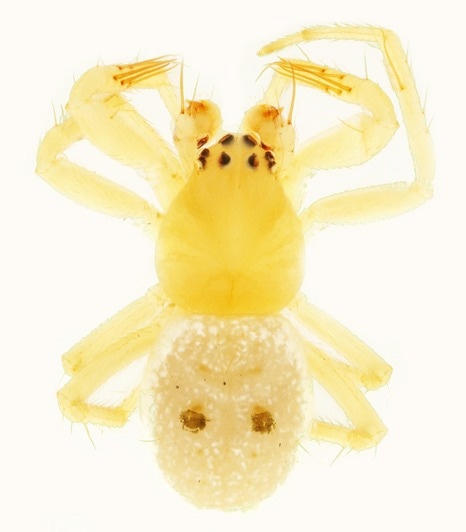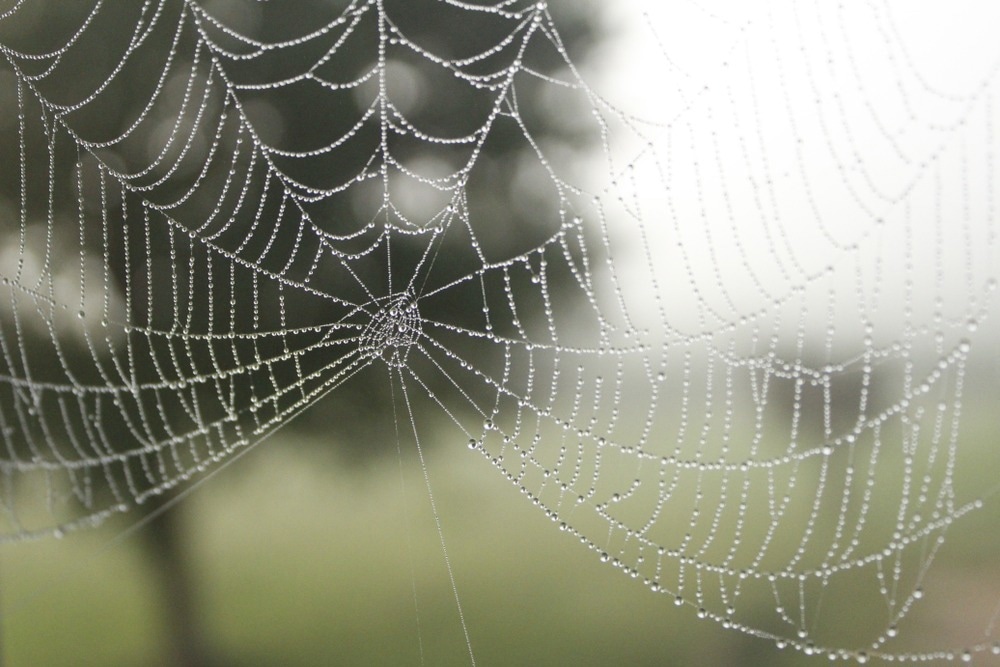Reviewed by Danielle Ellis, B.Sc.Feb 28 2023
Araneidae spiders are notorious for weaving vertical orbicular webs to capture prey. They are easily recognized by their eye pattern, elaborate genitalia, and abdomen that typically overhangs the carapace. At present, there are 3,119 species in the family in 188 genera.
 Abba transversa. Image Credit: Volker W. Framenau
Abba transversa. Image Credit: Volker W. Framenau
After an extensive analysis of orb-weaving spiders discovered in Australian zoological collections, Dr Volker Framenau and Dr Pedro Castanheira of Murdoch University in Perth, Australia, developed the new Araneid spider genus.
They paid homage to the band members Agnetha Fältskog, Björn Ulvaeus, Benny Andersson, and Anni-Frid Lyngstad by naming it after one of their favorite bands, the Swedish musical group ABBA.
According to their study, which was published in the journal Evolutionary Systematics, the band’s “songs and subsequent musicals Mamma Mia! (2008) and Mamma Mia-Here We Go again! (2018), provided hours of entertainment for the authors.”
The Abba transversa (Rainbow, 1912) species, which has specimens now known from the coastal regions of New South Wales and Queensland, make up the new genus. This species is rather tiny (about 3–4 mm).

Image Credit: Leah Terrell/Shutterstock.com
By having two dark spots in the middle of the abdomen and having thick macrosetae on the first pair of legs of the males, it could potentially be distinguished from other species in the same family.
The description is the result of 15 years of scientific investigation, during which time the researchers examined 12,000 documents from Australian museums and international collections.
Describing new taxa is vital for conservation management plans to assess biodiversity and protect forests areas across Australia. Currently, 80% of Australian spider species are unknown, and many of the described ones are misplaced in different genera, like Abba transversa used to be.”
Dr Pedro Castanheira, Study Author and Research Associate, Murdoch University
Source:
Journal reference:
Castanheira, P. S., et al. (2023). Abba, a new monotypic genus of orb-weaving spiders (Araneae, Araneidae) from Australia. Evolutionary Systematics. doi.org/10.3897/evolsyst.7.98015